New energy vehicles and fuel vehicles have different technical solutions and accessories, so there are also great differences in car maintenance. So what kind of maintenance do new energy vehicles need to make your car “powerful”?
1. Differences in maintenance between pure electric VS hybrid vehicles
New energy vehicle maintenance should be divided into two parts, one is hybrid new energy vehicle maintenance, and the other is pure electric new energy vehicle maintenance.
Pure electric vehicles do not have complex power mechanical structures such as engines and gearboxes, so they do not need to replace engine oil, three filters (oil filter, air filter, machine filter), belts and other routine maintenance items.
In terms of maintenance, pure electric vehicles mainly need to perform regular inspections on battery packs and motors and keep them clean. Other items such as inspection and maintenance of the brake system, cooling system, and shock absorption system also need regular maintenance, although the replacement cycle is longer.
Hybrid vehicles have two power systems, namely traditional internal combustion engines and electric motors, so when maintaining, you need to pay attention to the maintenance of both systems at the same time.
This means that in addition to checking the electric motor and battery pack, you also need to perform regular maintenance on the fuel engine, such as changing the engine oil, checking the “three filters”, spark plugs, etc. Since hybrid vehicles use the engine less frequently, the oil change cycle can be appropriately extended. For example, if the maintenance cycle of the fuel version of the vehicle is 10,000 kilometers, the hybrid version can extend the oil change cycle to about 15,000 kilometers.
2. Specific maintenance parts of new energy vehicles
Battery pack
The battery pack is the core component of new energy vehicles. Check whether the high-voltage battery pack has odor, whether the bottom guard plate nearby is abnormally deformed, and whether the fastening bolts between the high-voltage battery pack and the body are loose to ensure that it is in normal working condition. At the same time, it is also necessary to pay attention to the heat dissipation and waterproof performance of the battery to avoid battery damage or short circuit.
Motor and electronic control system
The motor and electronic control system are the power source and control center of new energy vehicles. It is necessary to check their working status and performance regularly to ensure their normal operation. At the same time, it is also necessary to pay attention to the heat dissipation and dustproof performance of the motor and electronic control system to avoid interference from the external environment.
Chassis and suspension system
As the component closest to the road surface, the chassis will inevitably be scratched during driving. Since most of the components of new energy vehicles are concentrated on the chassis, the inspection of the chassis is particularly important. The inspection includes checking whether the transmission parts and suspension parts are loose or damaged, and whether the chassis is rusted.
Tire and brake system
Tires and brake systems are important guarantees for the driving safety of new energy vehicles. It is necessary to regularly check parameters such as tire wear, air pressure, tread depth, and the braking performance and brake fluid status of the brake system to ensure that they are in good condition.
Air conditioning system and cooling system
The air conditioning system and cooling system are important auxiliary systems of new energy vehicles. It is necessary to regularly check the status and amount of their refrigerants and coolants, as well as the sealing and cleanliness of the system to ensure their normal operation.

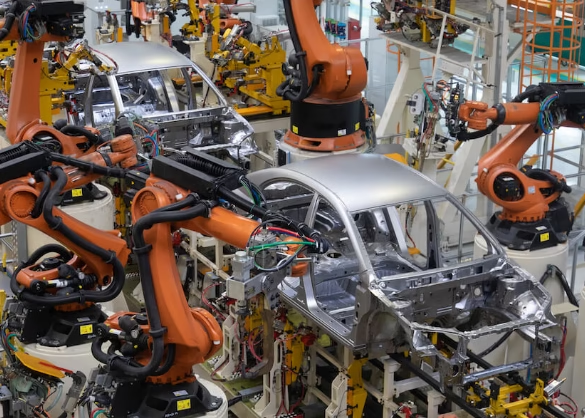

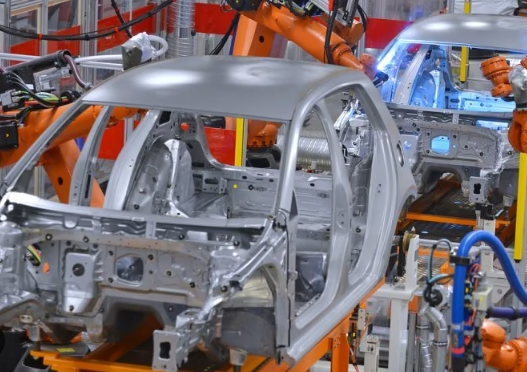
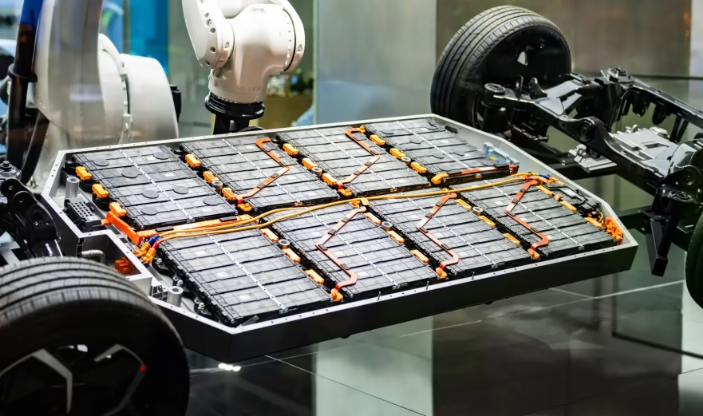
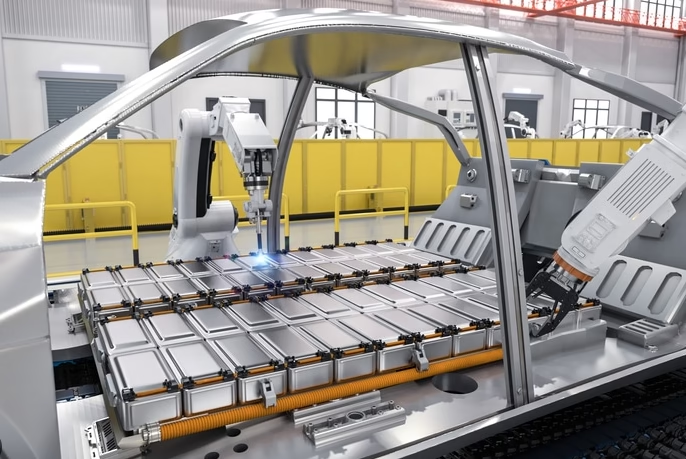
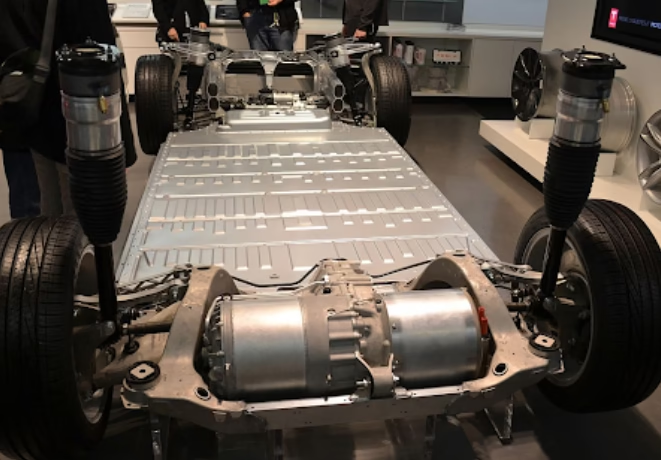
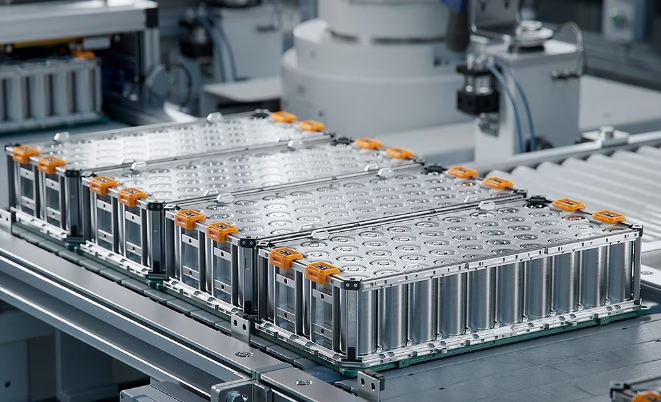
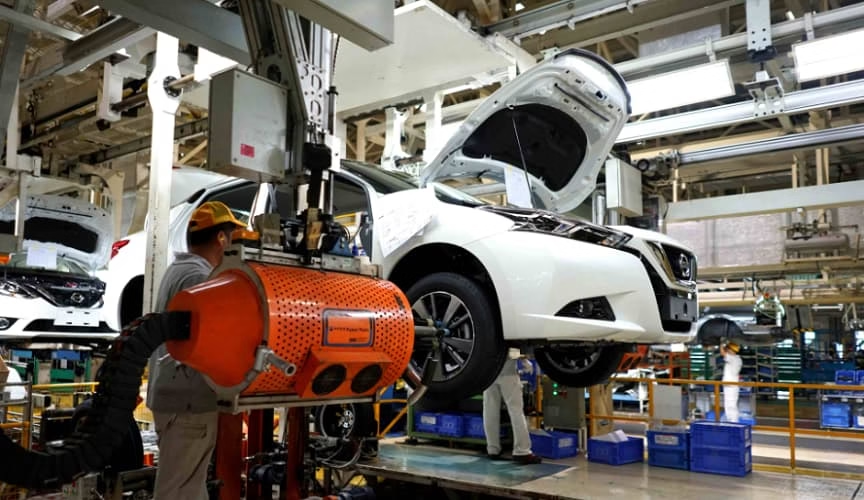
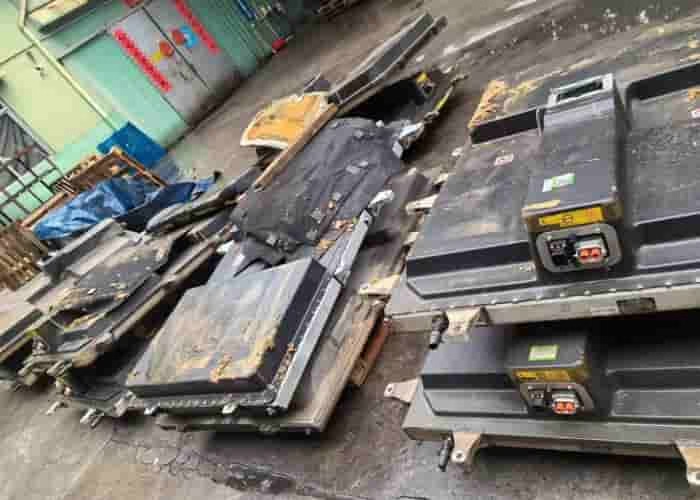
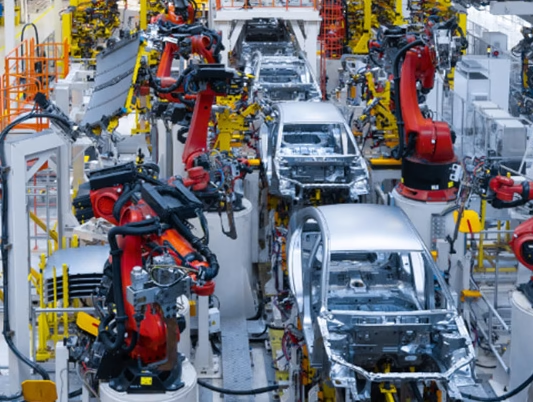
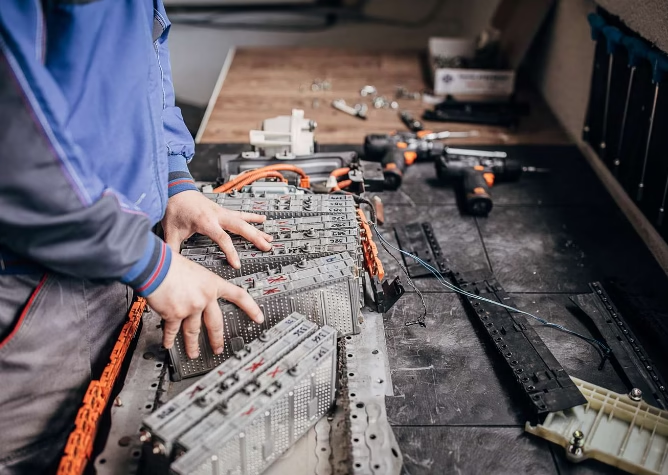
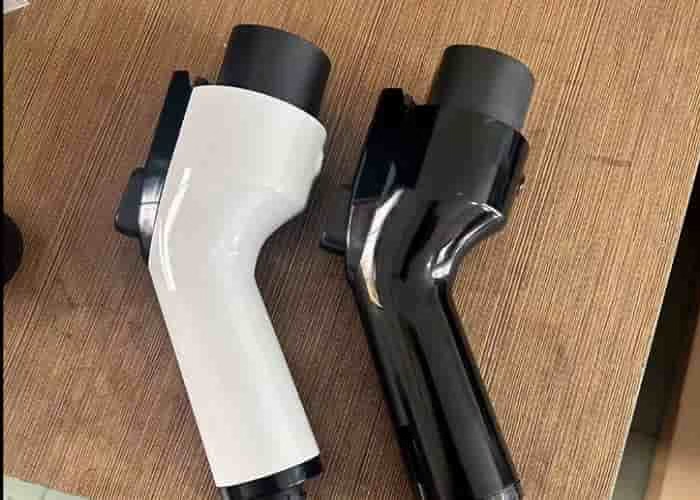


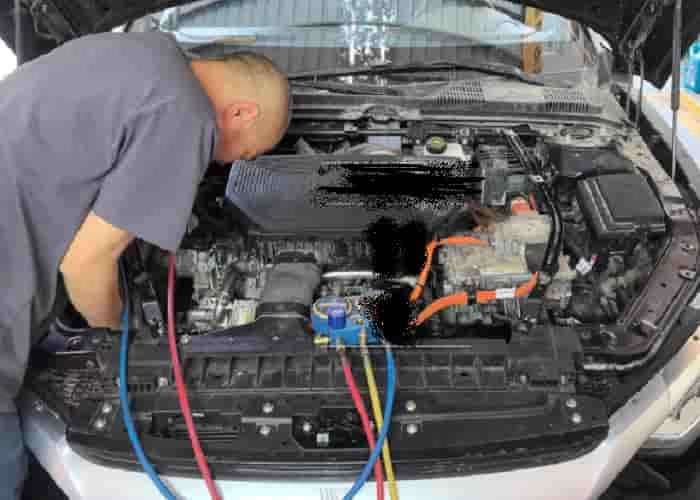
Leave a Reply